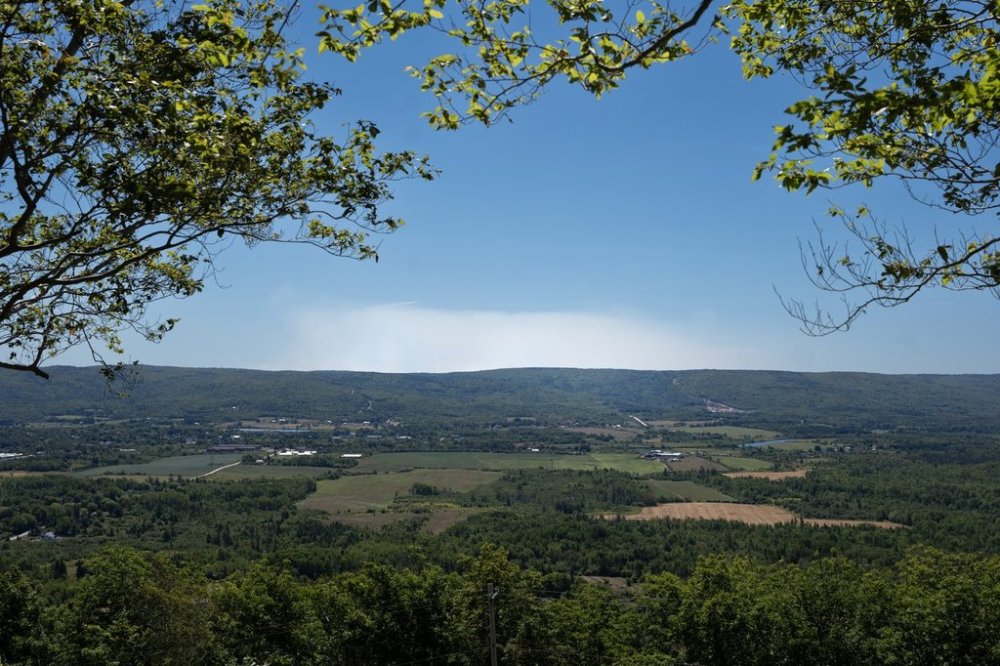Infrared images from Nova Scotia’s Long Lake wildfire show large hot spots
Advertisement
Read this article for free:
or
Already have an account? Log in here »
To continue reading, please subscribe:
Monthly Digital Subscription
$1 per week for 24 weeks*
- Enjoy unlimited reading on winnipegfreepress.com
- Read the E-Edition, our digital replica newspaper
- Access News Break, our award-winning app
- Play interactive puzzles
*Billed as $4.00 plus GST every four weeks. After 24 weeks, price increases to the regular rate of $19.00 plus GST every four weeks. Offer available to new and qualified returning subscribers only. Cancel any time.
Monthly Digital Subscription
$4.75/week*
- Enjoy unlimited reading on winnipegfreepress.com
- Read the E-Edition, our digital replica newspaper
- Access News Break, our award-winning app
- Play interactive puzzles
*Billed as $19 plus GST every four weeks. Cancel any time.
To continue reading, please subscribe:
Add Winnipeg Free Press access to your Brandon Sun subscription for only
$1 for the first 4 weeks*
*$1 will be added to your next bill. After your 4 weeks access is complete your rate will increase by $0.00 a X percent off the regular rate.
Read unlimited articles for free today:
or
Already have an account? Log in here »
HALIFAX – Firefighters in western Nova Scotia are reporting good progress in keeping the Long Lake wildfire from spreading.
The province’s Natural Resources Department issued a statement today saying the fire, which has been burning for more than a month, is being held at an 84 square kilometres.
As well, there were no new reports of damage on the weekend, though smoky conditions were reported across Annapolis County.

Meanwhile, fire officials say heat-sensing Infrared cameras are showing that firefighters are making progress.
Those images, however, are also showing large hot spots that will take some time to extinguish.
The department says firefighters on the ground from Nova Scotia and Quebec were being helped Sunday by three helicopters, five fixed-wing aircraft and crews using five pieces of heavy equipment.
This report by The Canadian Press was first published Sept. 21, 2025.

